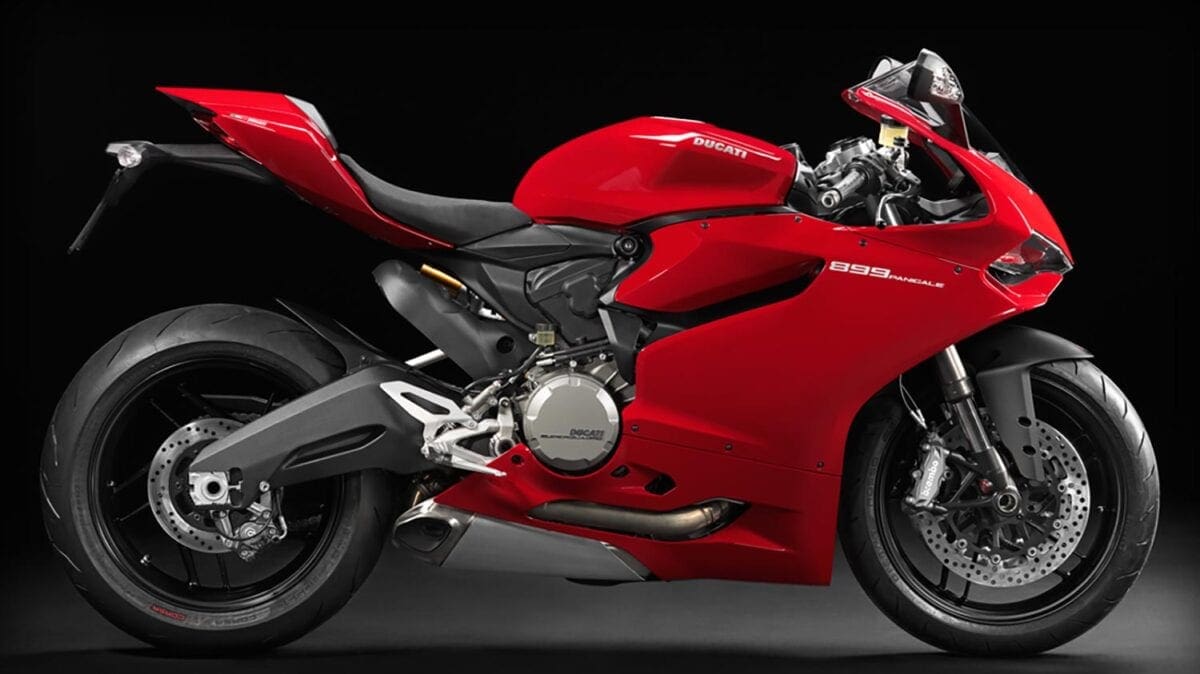2014’s figures from the Motorcycle Industry Association (MCIA) show 101,277 powered two wheelers were registered – that’s an increase of 10% compared to 2013’s 91,908.
Good news, though 48,000 of those machines were smaller, commuter-sized machines – it’d be great to see a proportion of those riders embracing the motorcycle lifestyle even more, and maybe progressing to some larger capacity bikes.
With transport costs getting ever higher, a small motorcycle makes increasing sense – in fact, you can get a bike for far less than the cost of commuting to London for just one year, and often save money on the price of railway station parking alone.
The figures also show that naked bikes were up 32% on the previous year, with tourers up 13%. Larger bikes sold well too, with an increase of 18% in the sale of motorcycles between 651cc and 1000cc.
Here are the most popular bikes of December 2014 by category:
Adventure sport: BMW R1200GS
Custom: Harley-Davidson Sportster N883
Naked: Honda CBF125M
Scooter: Honda NSC110WH
Sport tourer: Kawasaki ER6F
Supersport: Ducati 899 Panigale
Touring: BMW F800GT
Trail/Enduro: Honda CRF250L
The best selling bike of December between 126 and 650cc was the Honda CB500XA, while the Ducati 899 Panigale took the crown for machines between 651 and 1000cc, and over 1000cc, the BMW R1200GS was the biggest seller. Of the three, Ducati was the most successful.
Government statistics show the number of PTWs licensed for the road has increased to 1,326,500 – the highest figure registered for 5 years, and nearly double the number on the road in 1994.
We talked to Steve Kenward, the MCIA’s CEO about the news… “The MCIA is delighted that the industry exceeded a predicted figure of 100,000 new registrations for the year and that growth was sustained every single month during 2014.
“With Motorcycle Live attendance up 10%, which is generally seen as a barometer in the industry for the coming year, we are optimistic we will see similar levels of growth over the next 12 months, with the MCIA forecasting 109,990 registrations for 2015.”
What does this mean for the industry?
“It signals that the motorcycle industry’s customers are confident of better economic times and are replacing their motorcycles. Manufacturer’s new products and marketing are exciting the market and more people see motorcycles as a legitimate form of transport.
What does this mean for bikers?
“More motorcyclists on the road will lead to safer roads. This is a conviction shared by the Association of Chief Police Officers and the MCIA through its joint policy document, launched before Christmas.”
What figure stands out for you most?
“The fact that nearly half of all new registrations were for smaller commuter sized bikes. The latest update to Department for Transport figures show that the number of motorcycles, scooters and mopeds on the road is at its highest for five year years, with twice as many PTWs on the road as there were in 1994, which would indicate motorcycles are becoming increasingly important as a mode of commuter transport.
Establishing motorcycling as a legitimate form of transport is a key aim of the recently launched policy document issued by the MCIA and the Association of Chief Police Officers. With this in mind, both the new registration stats and the licensing data are powerful indicators to government and road planners that we are likely to see an increasing number of motorcycles on the road and they should be making sure they are taking this into consideration when managing roads and traffic.”
Small capacity machines make up a lot of the numbers – how many of those might translate into a progression up the capacity ladder?
“We can’t put a percentage on it at this point in time, though it may be possible in the future, as we continue to use the MCIA contact centre to track Get On riders on their motorcycle journey. Some of the people who have taken a Get On ride, then bought a small capacity machine have certainly gone on to do a license at a later date.
“The important thing is to get people onto a Powered two wheeler in the first place. The benefits of this are multiple, regardless of whether they progress up the capacity ladder. If for example young people used PTWs as a means of transport, even for just a few years before moving to a car, they will be better road users and make the roads safer for motorcyclists. We all know how addictive motorcycles are, and it stands to reason that a percentage will go on to gain a license and buy a bigger bike.”
Is there still more work to be done to get more bikers on the UK roads?
“There is always work to be done to get more bikers on the roads in the UK. We keep highlighting the fact that motorcycles offer an antidote to congestion, parking problems and provide an affordable form of transport. We are also pushing for the UK government to take advantage of a ‘training upgrade’ which is possible under 3DLD. This would reinstate a ‘progressive’ element to licensing, with riders being able to take this as they progress through license stages instead of just taking another test on a bigger bike. This would mean riders improve their road skills too, which would make them safer riders. “



